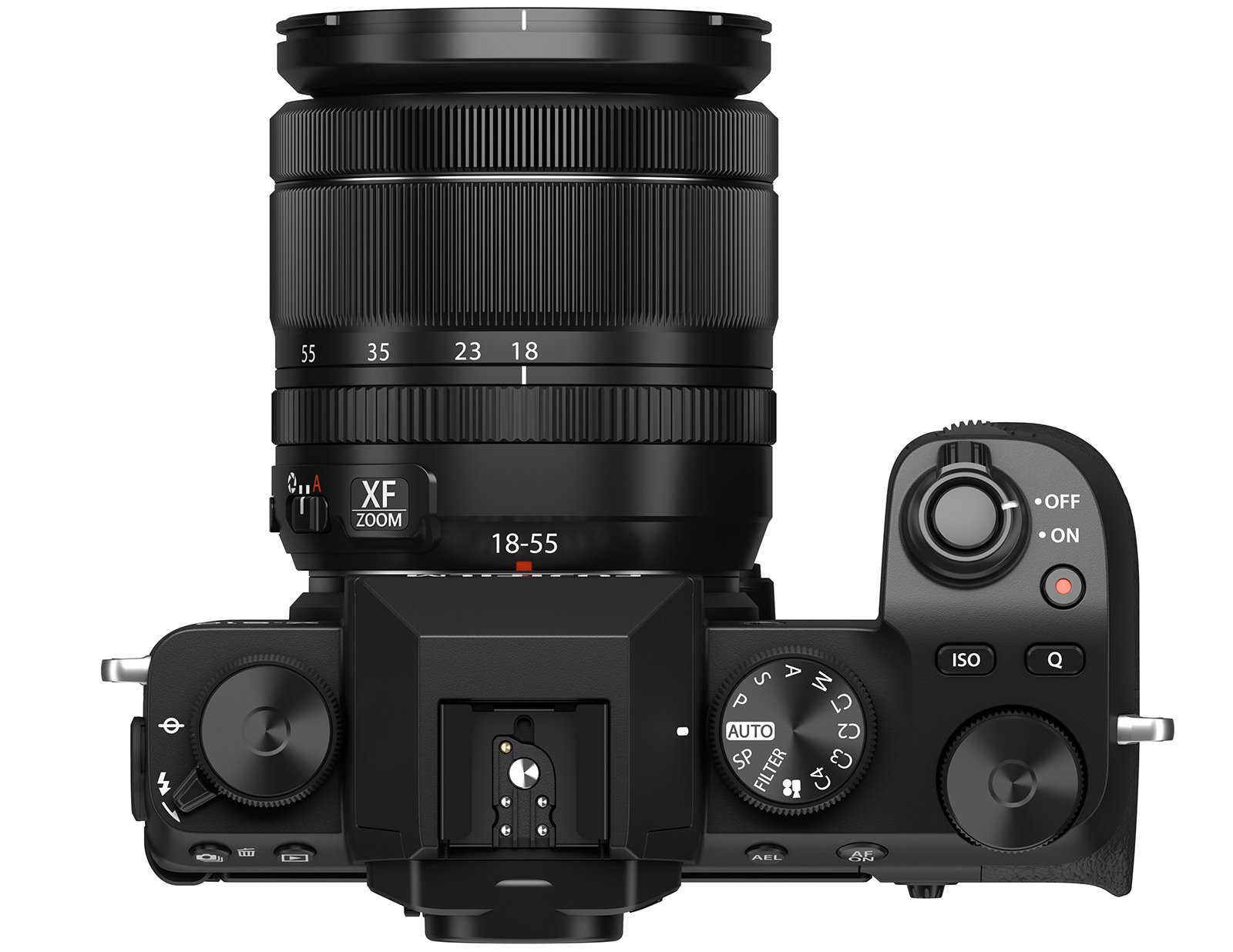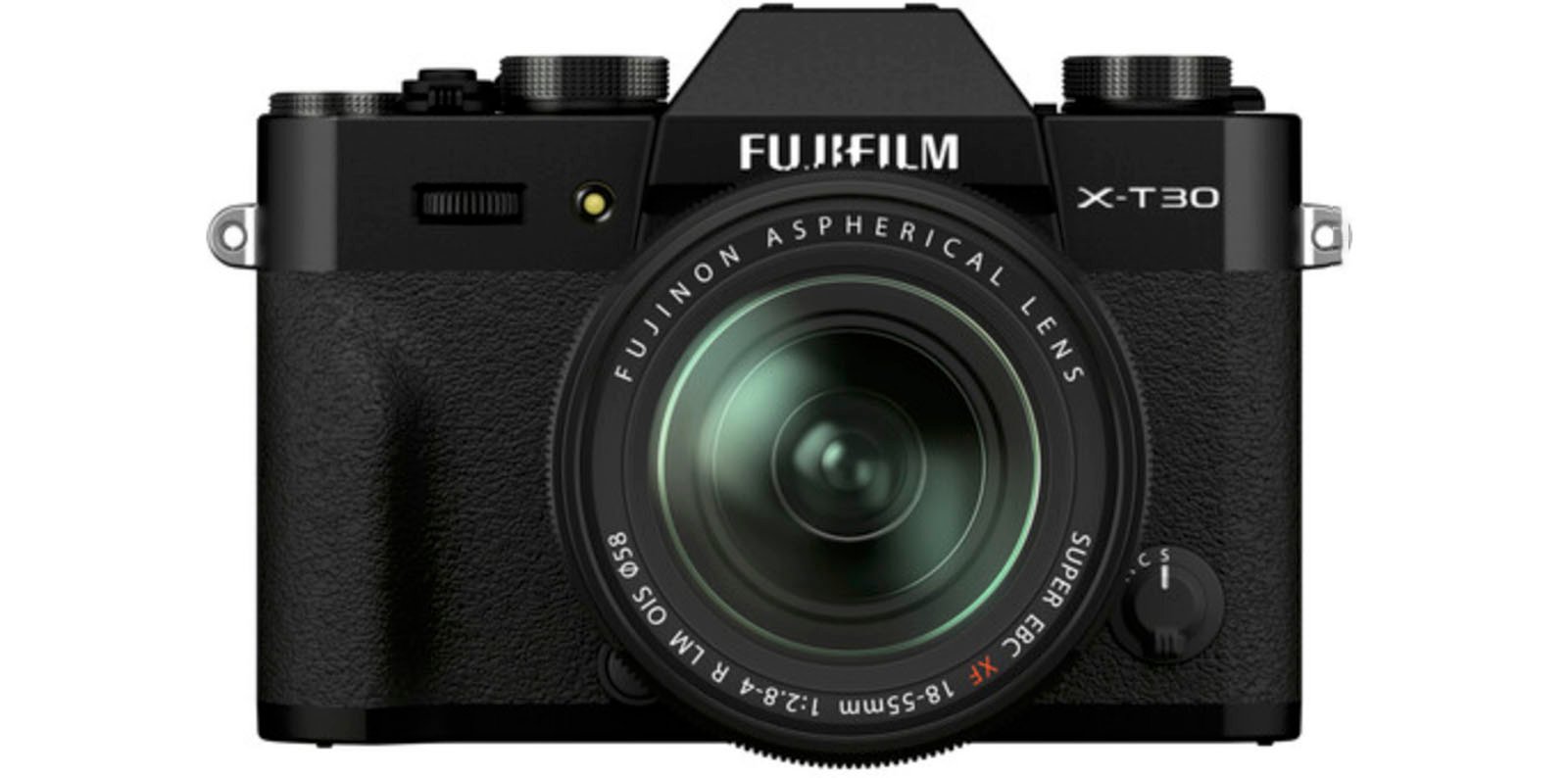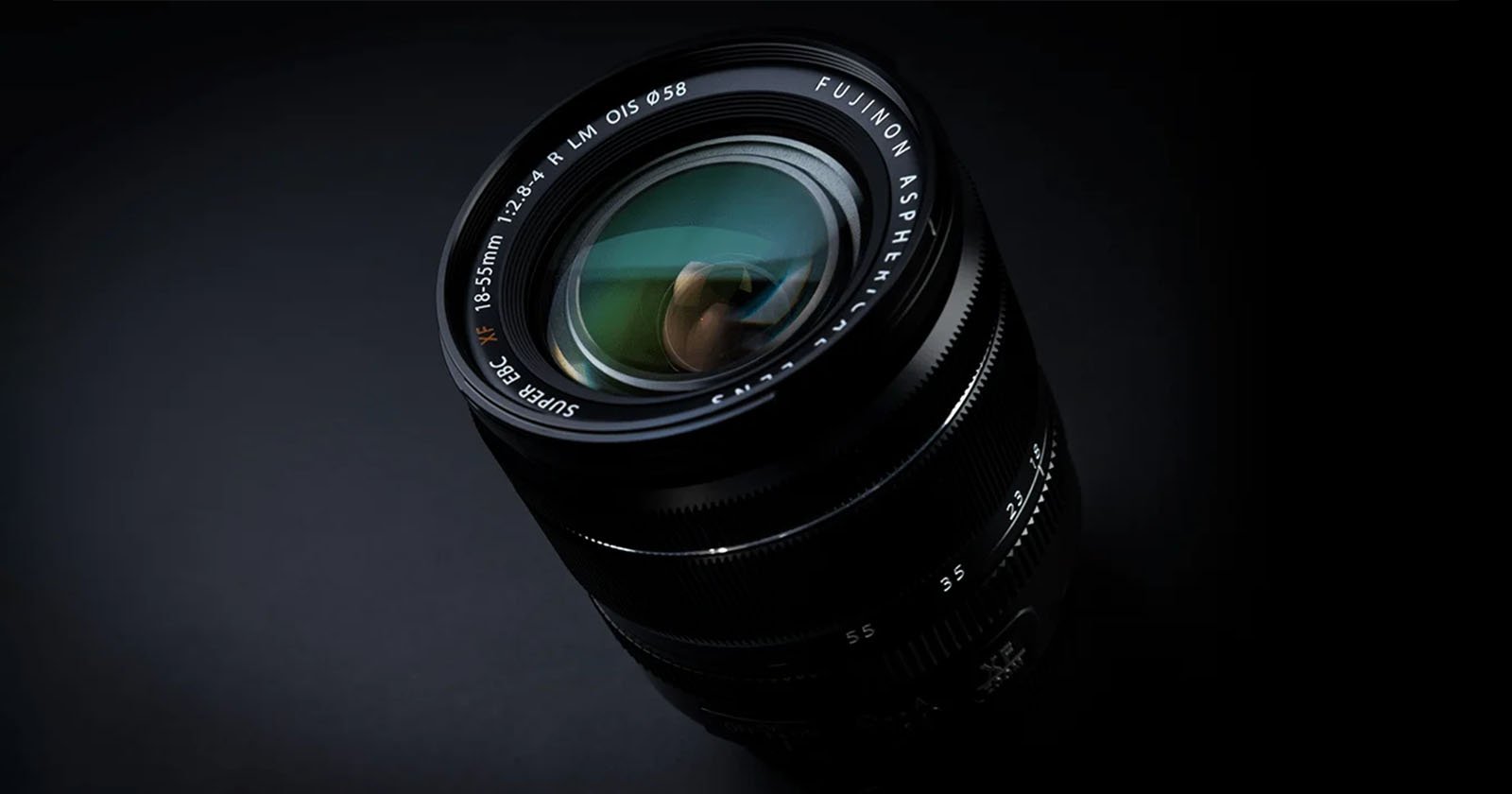While photographers can still get their hands on the Fujinon XF 18-55mm f/2.8-4 R LM OIS lens, it will no longer be the kit lens of choice for Fujifilm cameras, including the new Fujifilm X-T50 camera. Displaced by the new XF 16-50mm f/2.8-4.8 R LM WR, the
The Fujifilm XF 18-55mm f/2.8-4 R LM OIS has been around for quite some time. It was announced in September 2012 alongside another great Fujifilm X-series lens, the XF 14mm f/2.8 R. The XF 18-55mm f/2.8-4 has long been a kit lens option for many of Fujifilm’s cameras from the middle and upper segment. , a sort of “upgrade” option over the company’s XC 16-50mm f/3.5-5.6 OIS and later XC 15-45mm f/3.5-5.6 OIS PZ lenses.
It may sound hyperbolic, but the XF 18-55mm f/2.8-4 is the most important Fujifilm X-series lens ever made. For many photographers who bought their first Fujifilm X-series camera, and in many cases their first interchangeable lens camera, this was the lens that made the first impression.
No, the XF 18-55mm is far from Fujifilm’s best X-series lens, although it is undoubtedly a great standard zoom lens and certainly one of the most widely used XF lenses. But it’s so important because of what it offers new shooters.
While many kit lenses are a stopgap measure, something you have to do to get decent photos while you learn how to use your camera and save money for an upgrade, that’s not what the XF 18-55mm f/2.8-4 is. It is not a temporary solution waiting to be replaced. It is an extremely suitable standard zoom lens for the long term. Sure, photographers might want something wider, longer, or faster for different types of shots, but that “24-70mm” range (27-83mm in this case) was adequately covered.
While the immediate benefit of a good kit lens is obvious when it comes to saving money, the initial feeling of using it is much more important. A good lens defines the entire experience of using a new camera. It cannot be overstated how vital a beginning photographer’s first experience is to their long-term interest in the profession (and a specific brand). And little damage causes more than a crappy kit lens.

There’s a reason why the term “kit lens” has taken on a negative connotation. Most companies, not Fujifilm, don’t put in the effort to make a great kit lens. I’m not going to name names, but I’ve talked to camera companies about kit lenses before, and the responses consistently hit two key areas of concern. How can a company make a good and affordable lens? This is a difficult problem to solve, and it’s made even more challenging by the second concern: how do you make a kit lens that’s good enough to provide a positive experience, but not so good that someone won’t want to buy additional lenses?

Fujifilm focused on that first problem with the XF 18-55mm f/2.8-4 and completely ignored the second, answering a third question. “How do we create a lens that excites new users to stay in the Fujifilm family?”
If you get a photographer at the door and make sure they have a great time, they will stick around. And if they stay, they will inevitably buy more lenses (and cameras) over the years as they find themselves in situations that can only be solved with different lenses. Not necessary betterbut otherwise.
Fujifilm took a long-term view with its legendary kit lens, and it yielded significant profits. While other manufacturers were figuring out ways to sell more lenses as quickly as possible—a reasonable approach, by the way—Fujifilm focused on using its camera kits to build positive, lasting relationships with photographers.
This bold direction proved fruitful, and hopefully the new XF 16-50mm f/2.8-4.8 kit lens will be as good at forging powerful, lasting bonds with new photographers as its predecessor, the lens that no one else dared to make.
Image credits: Fujifilm
